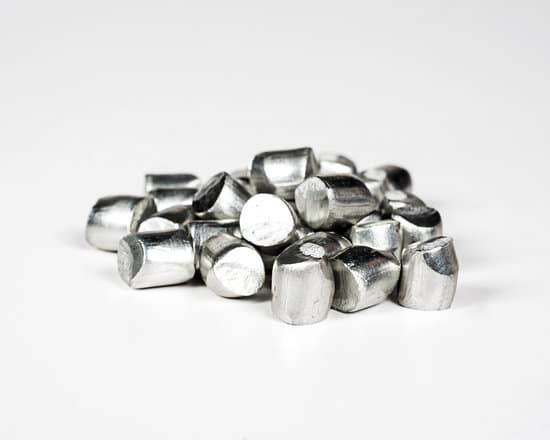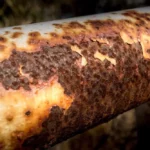
The most important ore of tin is cassiterite, SnO2. A large deposit of this ore is found in Plateau state, Nigeria. Nigeria is one of the largest producers of tin in the world.
Tin is a silvery-white solid with lustre. It is a fairly strong metal with good heat and electrical conductivity. Tin is not ductile and it is not drawn into wires.
Extraction of Tin:
Tin is extracted from SnO2 by reduction of the ore using coal or charcoal in a furnace. Firstly, the ore is concentrated. This is done by crushing and washing the SnO2 with water. Impurities like sulphur, arsenic, and antimony present are removed as oxides by the roasting of the concentrated ore. The product is mixed with coal and heated to 1300oC oxide. The molten tin is then filtered off.
SnO2(s) + 2C → Sn(l) + 2CO(g)
But the tin obtained is not pure. It contains iron, copper, lead, and other metals as impurities. To remove these impurities, the tin obtained is purified by heating gently on an inclined furnace. As the tin melts and flows down the inclined surface, the impurities are converted to oxides which are left behind and collected as scum. The refining produces tin with 99.9% purity.
Uses of Tin:
- Because of its resistance to corrosion
 Corrosion is defined as a natural process that causes the transformation of pure metals into undesirable substances when they react with substances like water or air. This reaction causes damage and... More, tin is used in the coating of steel and as food containers. It is also used in tin plating.
Corrosion is defined as a natural process that causes the transformation of pure metals into undesirable substances when they react with substances like water or air. This reaction causes damage and... More, tin is used in the coating of steel and as food containers. It is also used in tin plating. - It is used in soldering steel because of its lower melting points
- It is also used in the making alloys like Bronze.
- It is also used as an electrodeElectrodes are conductors, in the form of wires, rods or plates, through which current enters and leaves the electrolyte. When the current leaves the electrodes it is known as the cathode... More in Li-ion batteries.
- It is used as a dyeing agent



Good